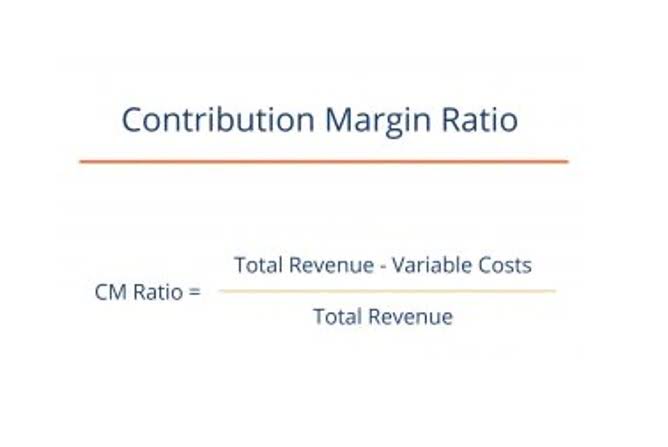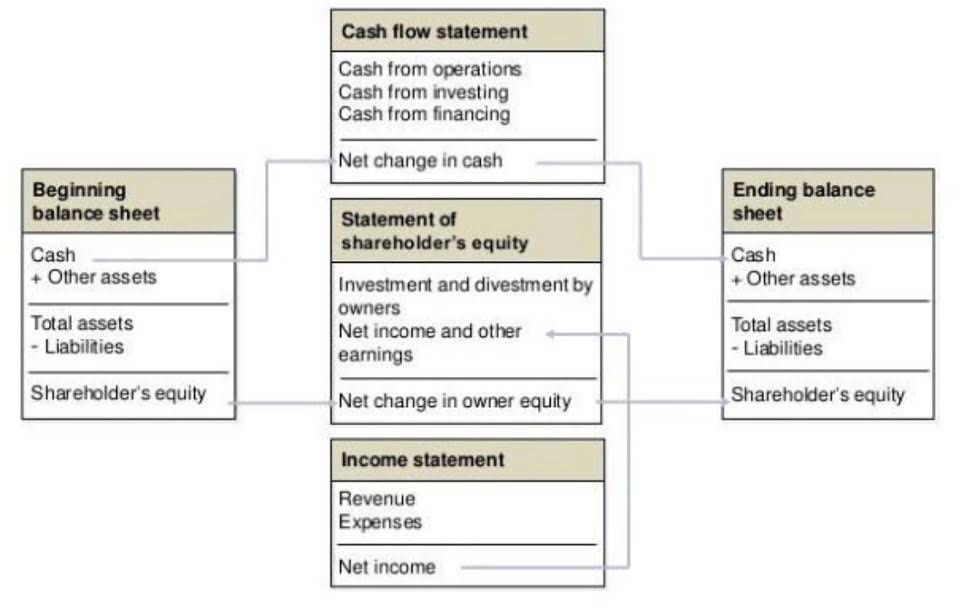Interest Tax Shield Formula + Calculator

The interest deduction limit for a mortgage loan is $750,000 for joint filers. Businesses can deduct up to a certain limit of interest expense from their profits as an interest tax shield. Any interest expenses over that limit can be carried forward to the next year. Remember that tax laws and regulations can change, so always consult with a tax professional or financial advisor to ensure accurate calculations and compliance. For Scenario A, the depreciation expense is set to be zero, whereas the annual depreciation is assumed to be $2 million under Scenario B. When a business saves money on taxes directly from paying interest on debt, this is referred to as an interest tax shield.

Maximizing Tax Shield Benefits in Your Projects

D&A is embedded within a company’s cost of goods sold (COGS) and operating expenses, so the recommended source to find the total value is the cash flow statement (CFS). Depreciation expense is an accrual accounting concept meant to “match” the timing of the fixed assets purchase—i.e. Capital expenditure (Capex)—with the cash flow generated from fixed asset over a period of time.
Want To Learn More About Finance?
- Remember that tax shields are not a one-size-fits-all solution; they require thoughtful analysis and strategic planning.
- It means a taxpayer may not be able to fully recover the interest cost of a large loan quickly.
- Corporations can use a variety of different depreciation methods such as double declining balance and sum-of-years-digits to lower taxes in the early years.
- Interest payments on borrowed capital are often deductible, benefiting companies that rely on debt financing.
- In this section, we will delve into the intricacies of capital investments and provide valuable insights from various perspectives.
- For more complex models, we’d recommend using the “MIN” function in Excel to make sure that the interest tax shield value does NOT exceed the value of the taxes paid in the relevant period.
Individuals and businesses need careful planning to make the most of the interest tax shield as the maximum allowable deductions come with limits for them. Therefore, taxpayers cannot simply arrange debt financing for all expenses and start depreciation tax shield deducting interest costs endlessly. Understanding and calculating the Tax Shield is crucial for evaluating the tax implications of capital investments. It allows companies to optimize their capital structure decisions, minimize their tax liability, and ultimately enhance their financial performance.

Interest Tax Shield for Businesses
However, it will hurt the company’s interests if the debt goes above tolerable limits and become a hindrance leading to the pausing of active projects. An interest tax shield is a tool companies use to decrease income taxes made available due to the tax-deductible nature of interest payments. This particular tax shield protects the interest payments rather than the interest income, as they are deductible expenses for most companies. It can provide a financial advantage to companies that have significant debt obligations, as it can reduce their overall tax liability and increase their after-tax profits.
Tax Shield: How to Calculate the Tax Shield of Your Capital Investments
This is because interest payments are considered a business expense, and are therefore deductible from taxable income. A tax shield in capital budgeting is a way for corporations to strategically plan their optimal capital structure and decide which investments to follow. This, in turn, makes debt funding much cheaper since interest expenses on debt are tax-deductible. The good news recording transactions is that calculating a tax shield can be fairly straightforward to do as long as you have the right information. You will need to know your individual tax rate as well as the amount of all your tax-deductible expenses.
- By deducting these expenses from taxable income, companies can lower their tax liability and ultimately increase their after-tax cash flows.
- The problem is how to calculate the present value of the net increases of debt, which requires knowing the appropriate discount rate to apply to the expected increase of debt.
- In financial planning, tax shields can be used to optimize a company’s capital structure.
- The company has $150,000 in interest payments on a loan for new equipment and uses MACRS to depreciate $500,000 worth of machinery, resulting in a $100,000 depreciation expense for the year.
- For more detailed information, consider consulting a tax professional or financial advisor.
- Tax shields differ between countries and are based on what deductions are eligible versus ineligible.
Examples of Tax Shields
Interest tax shield refers to savings on taxes by reducing taxable income with interest expenses. Depreciation is considered a tax shield because depreciation expense reduces the company’s taxable income. When a company purchased a tangible asset, they are able to depreciation the cost of the asset over the useful life.
However, the Tax Cuts and Jobs Act of 2017 limits the interest deduction Accounting For Architects to 30% of adjusted taxable income for businesses with average annual gross receipts exceeding $27 million (as of 2023). This cap underscores the importance of carefully assessing debt strategies to optimize interest deductions. To get the APV, you first calculate the base case value, which is the NPV of the company or project as if it were financed entirely with equity.
Adjusted Present Value (APV): Overview, Formula, and Example

Although you can take several benefits from the interest tax shield, there are some limitations too. Also, new changes to the tax code mean that an entity can deduct interest costs paid to local and overseas lenders. It means that the lender does not have to be in the same jurisdiction as the borrower. The interest tax shield for businesses applies to all types of businesses regardless of their entity structure and size.

0 comments